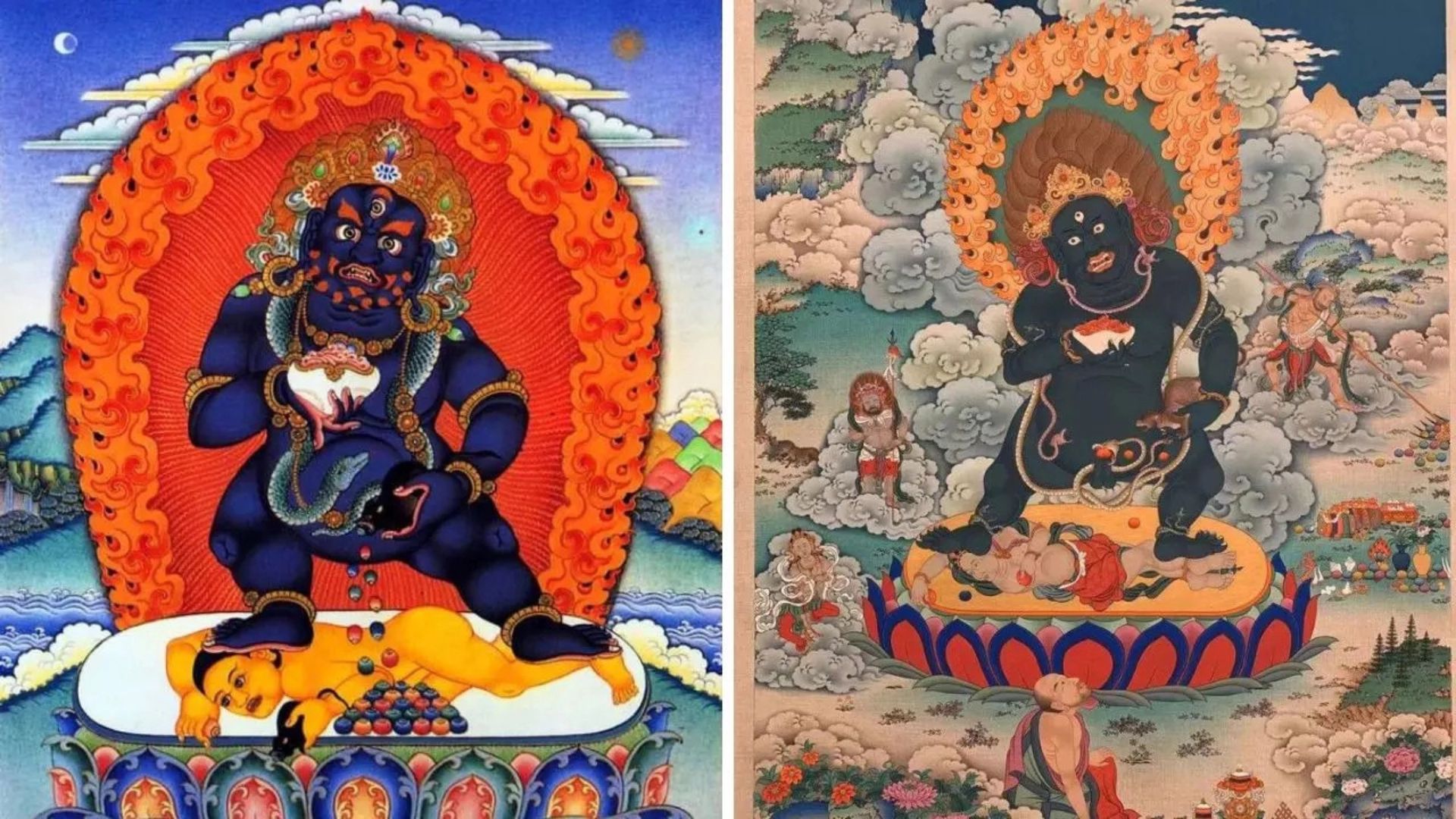As Buddhism expanded, many Hindu deities journeyed to regions like Tibet and Japan through ancient and medieval Buddhist scriptures. These deities adapted to local forms, becoming gods of their respective areas while retaining similarities to their Hindu counterparts. For instance, Benzaiten, a revered kami (deity) in Japan, is an incarnation of the Hindu goddess Saraswati.
This blending illustrates the synthesis of Hinduism, Buddhism, and Shintoism. Shintoism, according to the United Religions Initiative (URI), is an ancient Japanese religion believed to have originated around 1000 B.C.E. It is still practiced by approximately five million people today, who hold that spiritual powers reside in the natural world, with spirits known as ‘kami’ inhabiting elements like animals, plants, and mountains.
The Hindu god Kubera is represented in Buddhism as Jambhala, the deity of wealth. Jambhala has five manifestations:
– White Jambhala — embodies the compassion of the Bodhisattva Chenrezig (Kuan Yin).
– Yellow Jambhala — represents Buddha Ratnasambhava, believed to help alleviate poverty and increase virtues.
– Green Jambhala — symbolizes Amoghasiddhi Buddha, assisting those suffering from poverty.
– Red Jambhala — often shown with his consort, historically worshiped by royalty.
– Black Jambhala — identified as the Buddhist counterpart to Kubera. The Metropolitan
Museum of Art describes him as “the chief of the yaksha,” who later took on the role of a directional guardian (dikpala).
The Black Jambhala is depicted with a black body standing on a human figure, signifying the overcoming of ego and greed. He holds a pot of gems in his right hand and a creature named Nehulay in his left, from which jewels emerge. His popularity grew thanks to Shakyashri Bhadra, one of the last great Kashmiri masters who brought Buddhism to Tibet.























